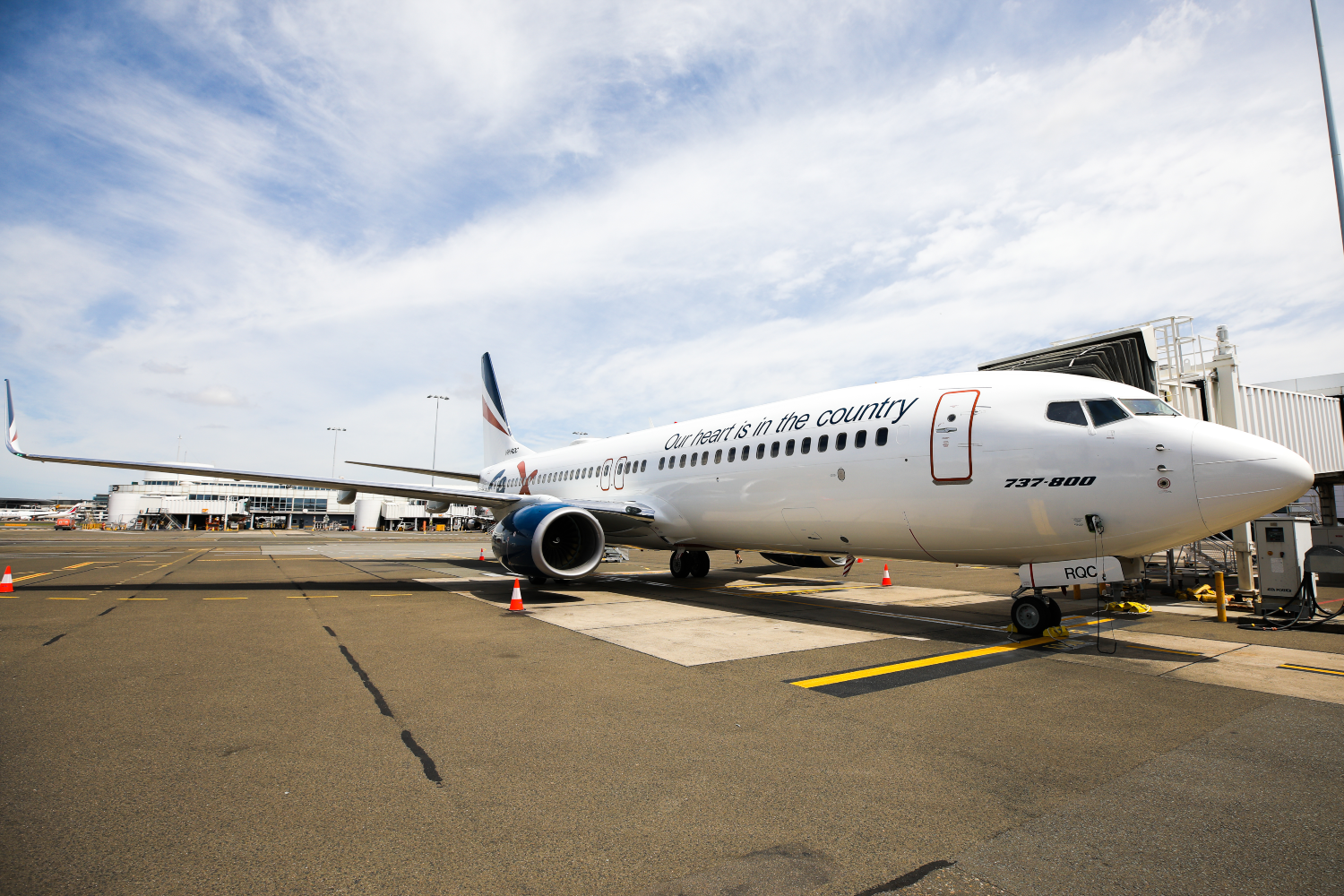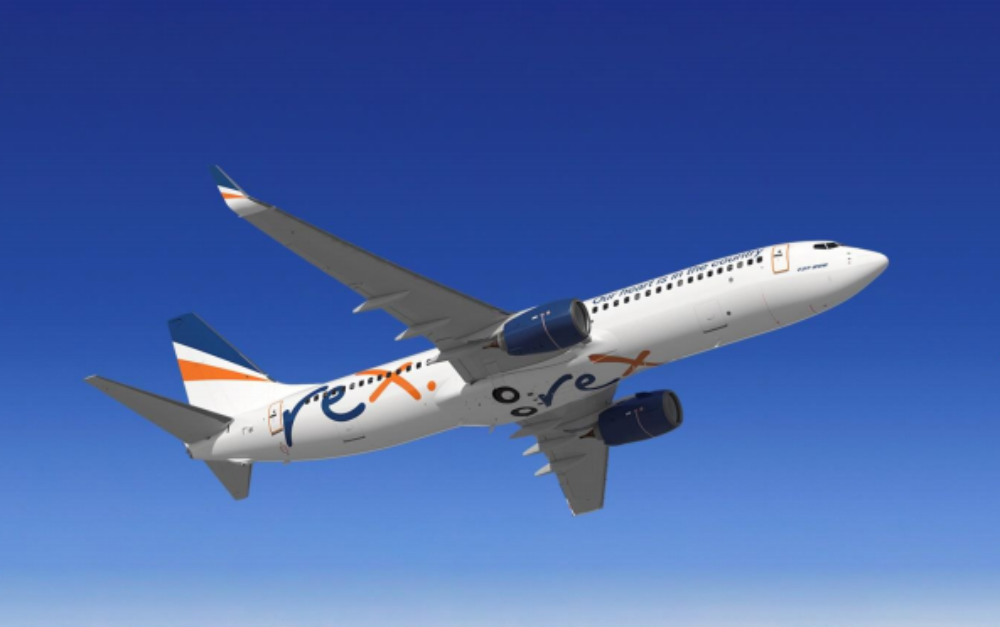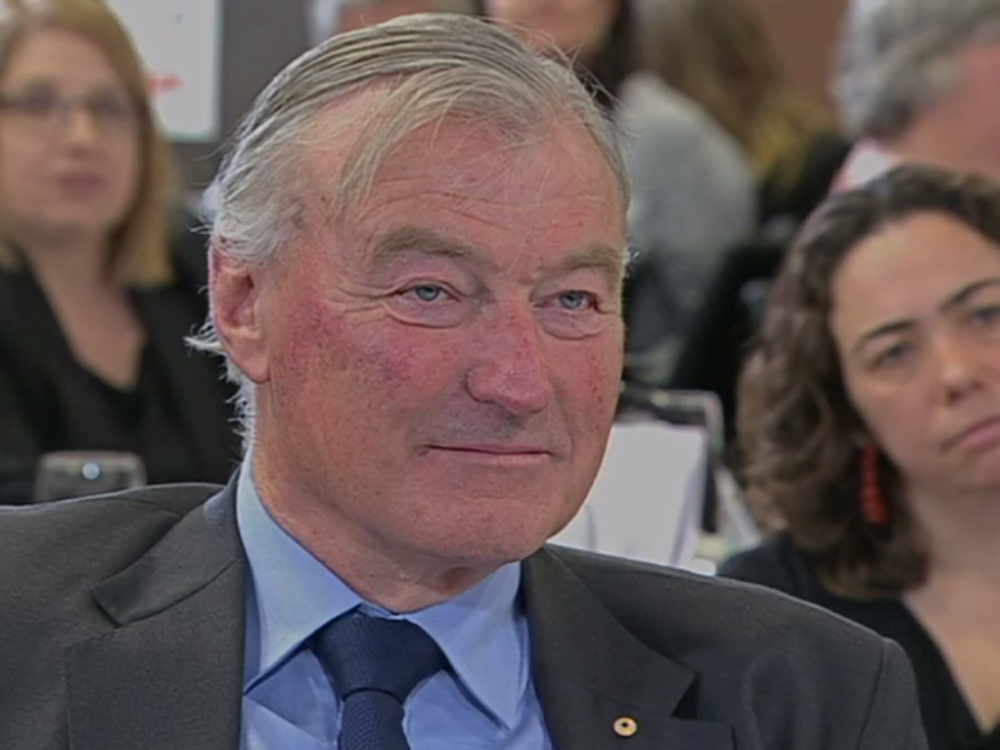Australia's Regional Express (Rex) has gatecrashed the country's busiest domestic airline route between Sydney and Melbourne. Since the start of March, it has been busy flying the 90-minute sector, trying to snatch market share off incumbent airlines Qantas, Jetstar, and Virgin Australia. Now, Rex is offering some of the lowest fares in recent memory to prospective passengers.
Rex shakes up competition on busy route
Normally, there's enough two-way traffic between Sydney and Melbourne to make this domestic route the second busiest in the world. Last year, traffic was down to one or two flights a day. Now it's rebounding. In April, the route was up to the seventh spot on OAG's busiest domestic route rankings, flying almost 600,000 passengers over the month.
Since starting its Boeing 737-800 services between the two cities, Rex's fares have been extremely competitive and typically the best available. Jetstar's lead-in fare is often cheaper but add checked-in luggage and a coffee, and Rex's all-inclusive fares normally come out on top.
For passengers, Rex's arrival on this route is a win. It has put downward pressure on fares, not just in the economy cabin but also in the business class cabin. Now, Rex is firing a rocket across the bows of its competitors, offering AU$39 (US$30) fares on the Melbourne-Sydney sector. That fare includes 23kg of checked-in baggage and refreshments onboard.
Since our entry into the domestic market, the cozy duopoly has been completely
disrupted," Rex's John Sharp says in a statement. The airline also notes a significant reduction in average airfares in all the domestic routes that Rex now flies its Boeings. In addition to Melbourne-Sydney, this includes Melbourne-Adelaide, Sydney-Gold Coast, and Melbourne-Gold Coast.
"The resulting copycat moves from our competitors will mean that there will be hundreds of thousands of $39 fares available.”
With typical Rex bashfulness, Mr Sharp adds, "This is why Rex is good for Australia and why Australia needs Rex."
Stay informed: Sign up for our daily and weekly aviation news digests.
Plenty of bad blood between Rex & Qantas
John Sharp, a former politician reborn as Rex's Deputy Chairman, has been busy lately aggravating Qantas, claiming that the airline is "technically insolvent." Perhaps that was a sideshow to deflect from reports typical passenger loads on flights on Rex's Sydney-Melbourne-Sydney flights were woeful - around 20%.
"In March, Rex's Deputy Chair John Sharp told media that passenger numbers on their new jet services are “better than expected” but declined to give any detail," said Qantas' Alan Joyce firing back in the opinion pages of Australian media
"He mustn’t have seen the pictures that lonely customers were posting on social media of empty Rex cabins."
Rex offers an excellent product for the price
This author has taken flights on both Rex and Qantas between Sydney and Melbourne in the last week. In the days leading up to the Rex flight, seat availability remained very high. But the flight, on the night, was almost full. The business class cabin (with fares from a tasty AU$299) was full.
The returning Qantas flight was also almost full, including a packed to the rafters business cabin. Qantas business cabin fares on the day of travel were over AU$1,000 higher than on Rex. For that not insignificant surcharge, you got a far nicer lounge, a leg rest, a tarted-up meat pie for lunch, and a flight attendant masquerading as a raconteur.
The food on Rex was far better. The service on Rex was also more professional. If you were paying cash, that flight also costs over $1,000 less. And that makes the Rex product a pretty compelling proposition.



